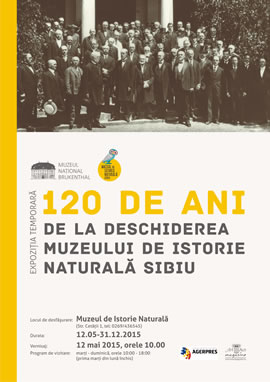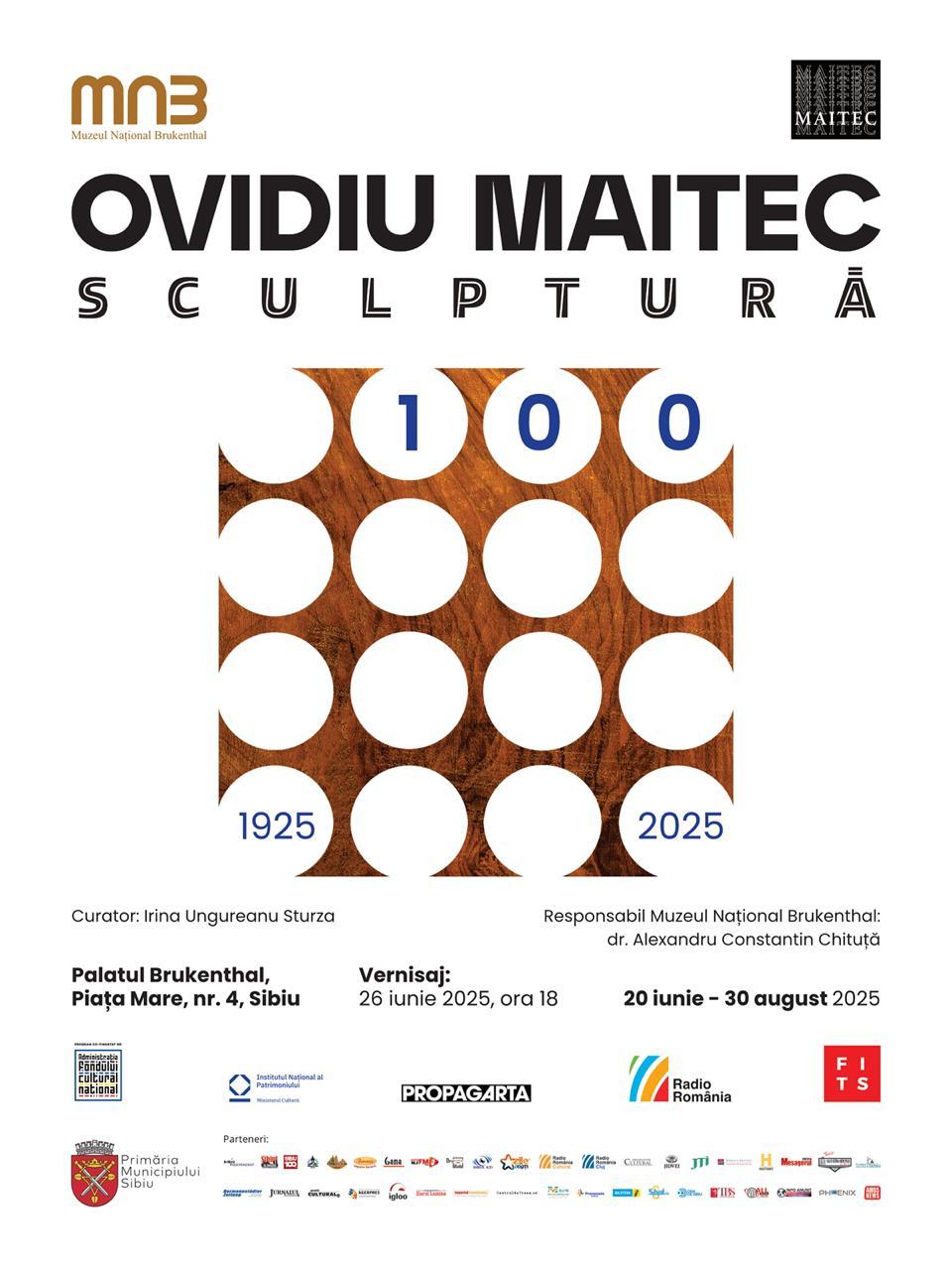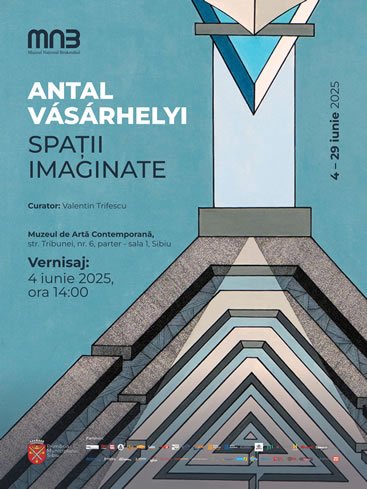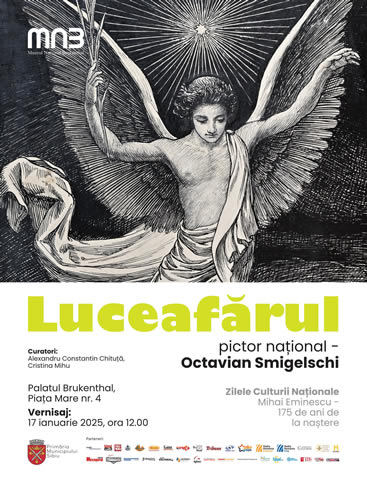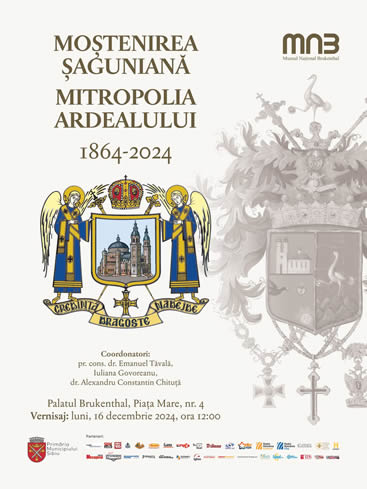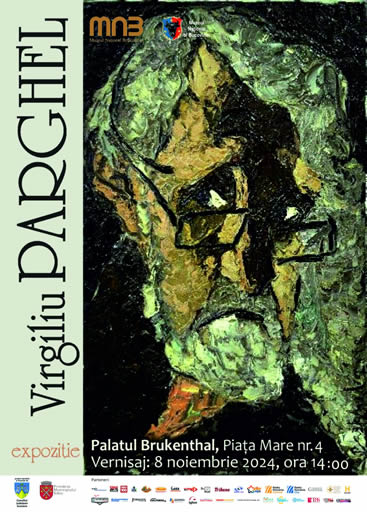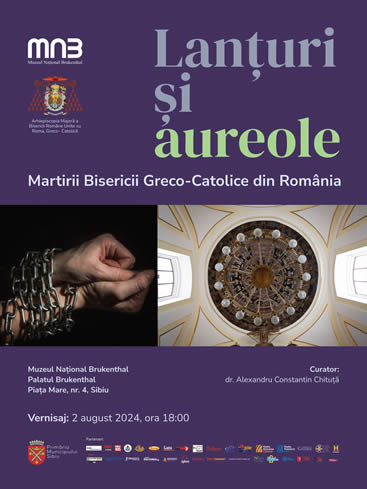Location: Museum of Natural History
Duration: 15.05 – 31.12.2015
Opening: Tuesday, May 12, 10:00 am
Curator: Dr. Rodica Ciobanu
Text from the exhibition curator:
After 46 years since the establishment of the Transylvanian Society of Natural Sciences in Sibiu (Siebenbürgischer Verein für Naturwissenschaften zu Hermannstadt), through great efforts, the Museum of Natural History (Das Naturwissenschaftliche Museum in Hermannstadt) opened to the public on 12 May 1895 in a festive atmosphere of joy and fulfillment for its members.
Two stages can be differentiated: 1895-1949 and 1949-present, separated by the year when the Society’s patrimony, including the museum, was nationalized and joined the Romanian state patrimony. Another important year was 1957, when the Museum becomes part of the National Brukenthal Museum.
After the Society had its own establishment and museum for the collections of its patrimony, the activity in the Society and in the museum became progressively complex and diversified. The relation with the public receives increasing support considering the location for conferences, educational activities etc. Leading figures of the time from the Province but also outside of it have visited the museum and expressed their interest in the activity of Society’s members. Of the personalities whose passing by was marked in the impressions book of the museum, we want to mention: Mihai Eminescu, Costache Negruzzi (president of the Romanian Academy), Emil Racoviţă (president of the Science Society in Cluj), Alexandru Borza (director of the Botanical Museum Cluj) etc.
A difficult time for the Museum was during World War II, when valuable pieces from the Museum’s patrimony (72 crates) were housed, April 1944, in the Evangelical Church in Agnita. In 1945, the museum provided the Zoological Museum in Cernăuţi, evicted because of the war, two rooms.
Renovated and organized during its existence, of more than a century, three times, the Museum, through its permanent exhibitions was and is a promoter of Romanian naturalistic museology. Thus, in 1954, the old storage-type exhibition was reorganized and had an additional “Hall of Evolutionism”- which was the first of its kind in communist Romania. In 1972, the permanent exhibition was reorganized under a different theme, “the Systematics of the Living World”, which was also a unicum in the Romanian museographic landscape. Since December 2007 the museum presents itself to the visitors of the 21st century under a new design.
Since the establishment of the Society, museographic pieces were collected and bought which today make up a patrimony of over a million pieces: petrography (19,000), paleontology (57,000), botany (168,000), entomology (266,000), mollusks (510,000), vertebrates (8386).
The main façade of the building, of neoclassical conformation, has a portico with four Ionic columns above which as a balcony with four Corinthian columns. Inside the museum, the access to the exhibition spaces is through a festive hall and a wide staircase. The original ceiling decorations – painted boxes with phytozoomorphological elements – as well as the ironmongery of the staircase can be observed in the hall. The names of the museum founders are listed at the base of the ceiling. These are the ones who, through personal research in natural sciences, through the collections donated to the museum, have become a landmark of national and international science.
The exhibition displays pieces from the museum’s patrimony representing the great collections as they were structured: mineralogy-petrography, paleontology, botany, entomology, zoology, mollusks. The exhibition was created with the support of the entire collective: Ghizela Vonica (botany), Gabriela Cuzepan (entomology), Liviu Pripon (zoology).

